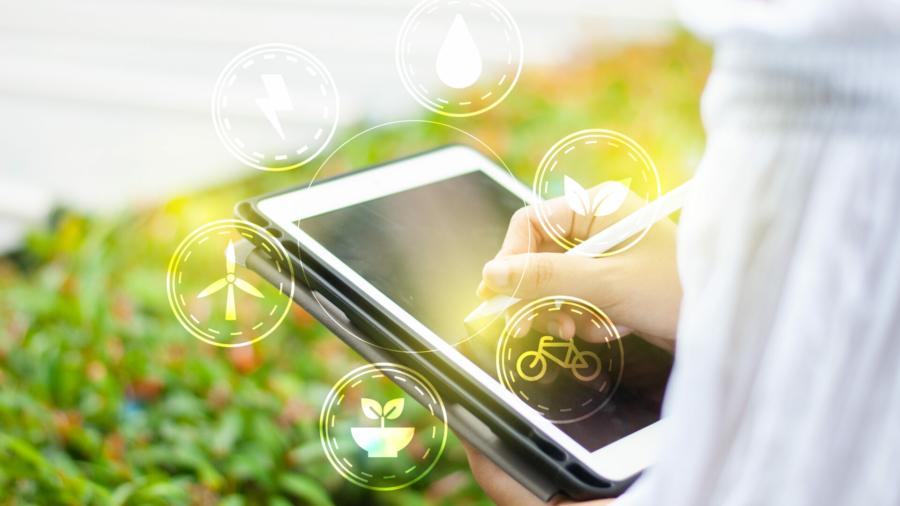Digital technology has become a key tool in fighting poverty, enabling more people to access information and communicate with one another. The cost of a mobile phone is two months’ salary in Tanzania, while in Guinea-Bissau, a mobile data pack costs $81 for 500MB, long enough for texting, WhatsApp, and streaming movies. Clearly, more digital technology is needed to alleviate poverty and empower more people to become active participants in society.
App-based services
One way that App-based services can end poverty is by sharing assets. Sharing an asset can help consumers save money and also open up a world of opportunities to people who might otherwise not be able to afford it. For example, HelloTractor lets smallholder farmers borrow a tractor and use it to farm their crops. Upwork enables workers in developing countries to access global markets. Such apps can help reduce rural poverty.
Another innovative app is mPowering. The nonprofit has developed a mobile app that rewards people for making good choices. For example, it rewards users for enrolling in school and getting prenatal care. It has been estimated that more people have cell phones than toilets in Africa. This innovation aims to give these poor people the same access to technology as those in developed countries. And while many of these mobile apps are serious, many are designed with fun and engaging twists.
Smartphones
One of the most compelling arguments for using smartphones to end poverty is that the technology has tangible economic benefits. Mobile phones have the potential to reduce the cost of data services and connectivity while improving consumer and producer welfare. Smartphones also offer low-cost access to educational applications. In developing countries, a 512 Kbps connection can cost $650 per month in Palau while a 2Gbps connection can cost $51 per month in Japan.
These benefits have prompted a love affair between mobile technology and the international development community. In response, numerous foundations, task forces, and multilateral agencies have formed entire departments or task forces to study the use of mobile phones to end poverty. Without mHealth and mobile money, it is impossible to discuss issues related to microfinance, health care, and more. As a result, there has been significant progress in the development of mobile technology.
Distance education
If you’ve been thinking about how Distance Education can help end poverty, you may be wondering how it can do so. While there are many ways to use the technology, most of these initiatives require a strong internet connection and a device capable of running virtual classes. Unfortunately, the lack of money and access to technology can keep many students from participating. Fortunately, there are several ways to make the program work, and here are three great examples.
The Open University of China (OUC) is one example of an online university. Students studying at OUC earn college credits, and they help their communities prosper. Its graduates have created jobs in big cities and started their own businesses. Several of these students have even managed to end poverty in their communities. By offering free online courses, OUC has helped countless rural residents get the education they need to become self-sufficient. The OUC has become a household name for online education and has built a reputation as a socially responsible provider of open and distance learning.
Drones
Some people wonder if drones can actually end poverty. Several human rights organizations are already using them, such as Oxfam, but are they really working? The World Food Programme is one such organization. Its drone pioneers are young people, who don’t talk like elders or sit together in a classroom physically. These teens, from Thailand, Germany, and even Panama, are studying drone technology. They are collaborating on projects that use the technology to improve their lives.
In Ghana, for example, the United Nations Population Fund has begun using drones to deliver contraceptives. Approximately 225 million women lack access to contraception, which could save their lives. Drones can help researchers gain a better picture of the health of crops and develop more effective farming strategies. In Malawi, nearly 80 percent of the population is farmers, which means that low crop yields can be devastating. The funding from USAID may be enough to save millions of lives.

